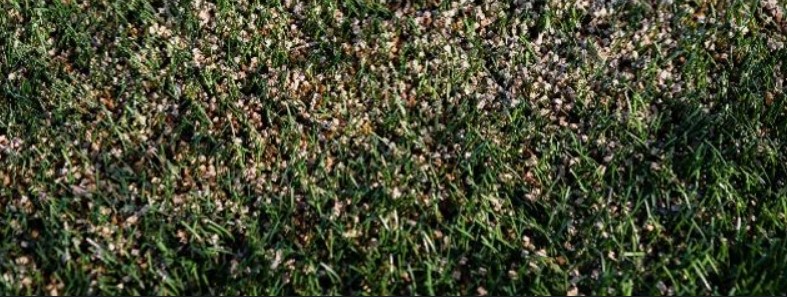Artificial turf and microplastics: effects and alternatives for sustainable sports pitches.
A recently published scientific article led by Lukas Zeilerbauer and colleagues Johannes Lindorfer & Melanie Knöbl examines the sustainability of football pitches and compares natural and artificial turf pitches. Article available at: https://www.mdpi.com/2071-1050/16/8/3487
One problem with artificial turf pitches is the release of microplastic particles. On the one hand, these are caused by the wear and tear of the artificial turf material during play and by the effects of the weather over time. On the other hand, the infill material between the blades of artificial grass can itself be classified as microplastic. The microplastic particles can then enter the environment and have various negative effects, including their potential uptake by living organisms and their spread in ecosystems. For this reason, the rubber and plastic infills currently in use (mostly shredded old tyres) will be banned in the EU from September 2031 and many thousands of sports pitches will have to be converted.
In the study, natural turf pitches were compared with artificial turf pitches with different infills using life cycle assessments and it was found that artificial turf pitches can definitely have advantages over grass pitches – a thoroughly surprising result. It is essential to use sustainable infill material, as over 200 tonnes are required over the lifetime of an artificial turf pitch. The study evaluated the use of a new type of infill material made from birch wood from the Norwegian company GOE-Ip As (https://www.goe-production.no/en/biogranulat), which reduces the negative impact on climate change by 50% (recycled tyres) and 66% (new material) compared to plastic infill material.
Furthermore, the toxicity of microplastic emissions in the sea was assessed using a new life cycle assessment method that focuses on physical damage pathways such as ingestion. It was shown that these effects currently play a subordinate role compared to released metals or climate change, but it should be noted that toxicities of degradation products or additives have not yet been included in the method.
Let’s work together on more sustainable products and processes for the future in many areas!



